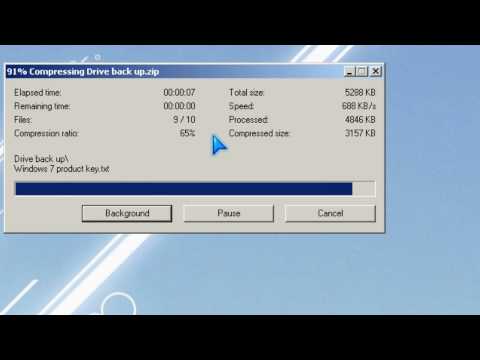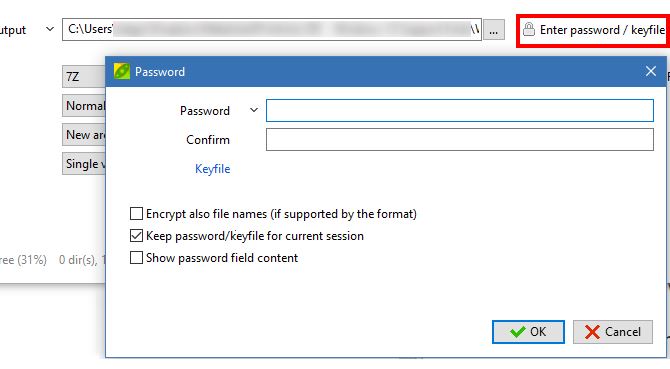Most of us have worked with ZIP files to archive files, download a portable version of an app, or send numerous files to someone. While a ZIP file is a quick and simple method to accomplish these needs, it’s important to protect it with a password for many reasons.
Password-protecting your ZIP file provides a level of security to sensitive data.
If you’re archiving valuable pictures or documents, they more than likely contain content that you don’t want the world to see. While having a password on your user account and using Windows security features are beneficial, it’s much more secure if your sensitive data has its own password. If your account password or hard drives are stolen, the hacker still wouldn’t be able to access what’s inside your ZIP file.
It protects the file during transmission.
Oftentimes, we use ZIP files to send documents to a business or when uploading to a website. Delivering sensitive documents via email isn’t very secure. By adding a password to the ZIP file, you’ll have total control over your data’s privacy.
It cuts down on the level of unauthorized parties accessing them.

It’s not difficult to add a password to a ZIP file. While the native Windows service cannot do it, you can use free compression and extraction tools, such as 7-Zip or PeaZip, to protect your files.
First, open a File Explorer window. Hold Ctrl and click the files you wish to add to the ZIP. Right-click and choose 7-Zip > Add to Archive or PeaZip > Add to Archive.
In 7-Zip, type a password twice under the Encryption header. Be sure to change the Encryption method from ZipCrypto to AES-256 since the former one is not secure. PeaZip users click Enter password and then simply add a password.

Just remember to share the ZIP file password with your recipient so they can open it!
Source: MakeUseOf
Advertisement
Learn more about Electronic Products Magazine





